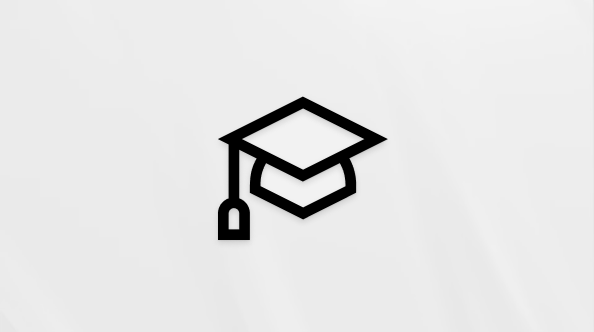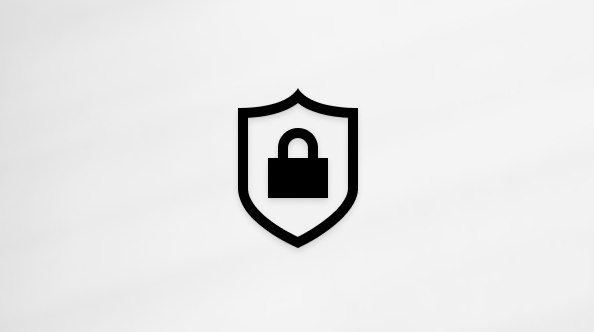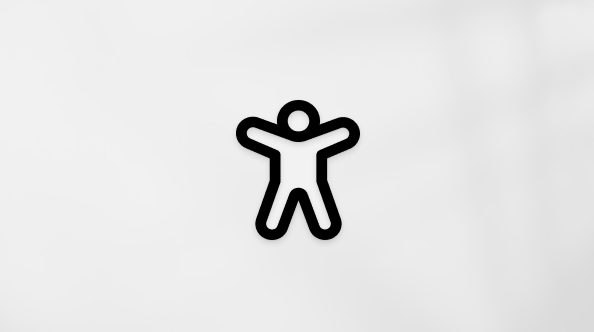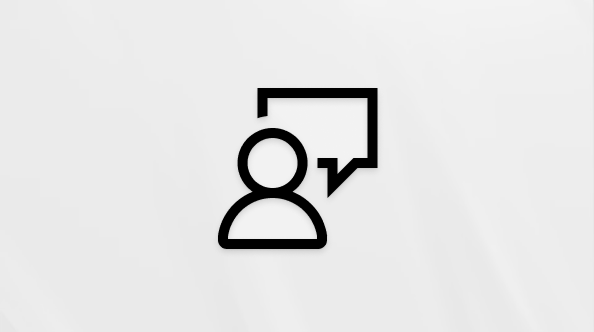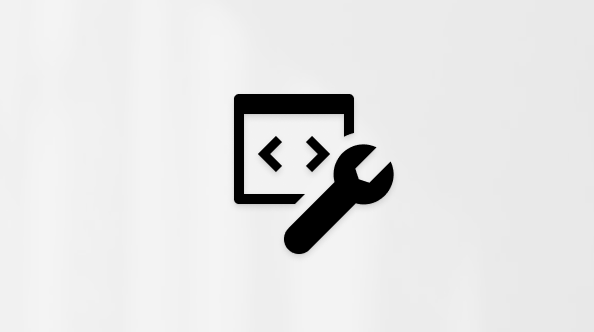In the Clipchamp video editor, the webcam recorder allows you to record videos and easily edit and export them. It works with your computer's built-in camera and microphone, with any connected external cameras, and external microphones. See below for a step-by-step guide.
We included troubleshooting suggestions in a section at the end of the article. These can help if your camera or microphone are not working correctly during a recording.
In the Clipchamp video editor for personal accounts, you can use the camera tool to record a video.
Visit app.clipchamp.com in Edge or Chrome to create a free account or on Windows, you can also use the Clipchamp desktop app.
How to record a webcam video
Step 1. Open the webcam recorder
After launching Clipchamp, create a new project or open an existing one.
Select the record & create tab on the toolbar. In there, to record a webcam video, select the camera option.
You can also make a screen recording, record screen and camera together, make an audio and voice recording, or use the text to speech feature.
Step 2. Allow access to your camera and microphone
The first time you start a recording, a popup window will appear with permissions. Allow Clipchamp access to your camera and microphone if you haven't used our webcam recorder before. Click on the done button when you're ready to continue.
Note: The popup can look slightly different in Chrome, Edge or the Clipchamp Windows app. This step is necessary for you to be able to record a video. Clipchamp does not have access to any recordings you make, they stay on your computer unless you choose to make use of content backup.
Step 3. Record your video
You will now see your webcam. Before recording, check your microphone and camera source, and turn on or off speaker coach. Record using your built-in webcam or apps like Camo and external webcam plugins. Click on the red record button to start recording.
Notes:
-
There's a 30 minute limit on all webcam recordings. If you would like to record videos longer than 30 minutes, please make multiple recordings.
-
Clipchamp supports a recording resolution of up to 1080p. The video resolution also depends on your computer's built-in camera or the external camera you connect.
A 3 second countdown will appear on your screen before recording commences. Click on the red stop button to stop your recording.
Next, watch back your webcam recording by clicking on the play button. You can watch your video playback with or without audio/sound by clicking on the audio button.
Once you're finished watching, either click retake recording if you would like to redo your video or click save and edit to return to the editor.
Using an external camera or microphone
When you plug an external camera or mic into your computer, it will automatically get recognized by your operating system and appear as an input option on the Clipchamp recording screen.
To find the options, start a new recording in Clipchamp, then select the drop-down arrow next to the default microphone and camera options. If your external webcam has a microphone built-in, it will also appear in the microphone options.
Now you can record a video using your external devices.
Recording on Chromebooks
If you're recording on a Chromebook, please be sure to close all other tabs in Chrome and also any apps that might be running in the background such as Google Hangouts. This will make sure that as much of the Chromebook's CPU and memory as possible is available for the webcam recording.
In the Clipchamp video editor for work or school accounts, you can use the webcam tool to record a video. It's available as one of the built-in recording options next to screen and camera, screen, and text-to-speech.
The webcam recorder comes equipped with functionalities like choosing a varied backdrop with an option for blur, drawing on the display, a teleprompter, and the capability to record just the audio.
How to record a webcam video
Step 1. Open the record & create tab
To start a webcam recording, click on the record & create tab on the toolbar, then select the webcam option.
Step 2. Allow camera and microphone access
When you start a recording for the first time, you'll see a popup next to the browser address bar or at the top of the Clipchamp desktop app, asking for permission to access your camera and microphone.
Allow access, otherwise the webcam recording won't work.
To check permissions you've given Clipchamp, open the app in Edge or Chrome, then select the Lock icon and make sure you've allowed Clipchamp access to use your webcam and microphone.
Step 3. Turn on the teleprompter option (optional)
If you have a script available of what you'd like to say in your recording, you can enable the teleprompter feature. It'll show your text during the recording so you can read it on the screen to assist you in improving the flow and quality of your recording. Click on the three dots button then click on the teleprompter button to turn on.
You can also edit your camera and mic settings here, as well as mirror video options. Note that the recording resolution depends on your computer's built-in camera or the external camera you connect. It ranges from 480p to 1080p. The maximum recording resolution is 1080p.
Step 4. Select a backdrop or draw on your webcam recording
Before you start recording, you can also select a green screen backdrop, or draw on your video preview background. Click on the backdrop button or draw button.
Step 5. Click on the circle button to start recording
When you're ready, click on the circle button at the bottom of the video preview window to begin recording. You can record videos of up to 30-minutes duration.
Step 6. Review the recording and return to the editor
After you select Review, your video will appear for preview. You can watch it to check that you're happy with it. After you've reviewed it, select retake recording or save and edit.
After selecting Save and edit you'll be taken back into the editor. There, you can make additional edits to the clip, then select export to save an MP4 video copy of the webcam recording that you just created.
Using an external camera or microphone
The webcam recorder allows you to use external cameras and microphones for your recordings. When you plug an external camera or mic into your computer, it will automatically get recognized by your operating system and appear as an input option on the Clipchamp recording screen.
To find the options, start a new recording via record & create in the sidebar on the left of an editing project, and when the recorder opens, go to more options (…), select camera or mic, then select the device you want to use. If your external webcam has a microphone built-in, it will also appear in the microphone options.
Now you can record a video using your external devices.
Troubleshooting suggestions
If you allowed access as described above and Clipchamp is nevertheless showing a message that the camera (or microphone) is not available, check that:
-
There is no other app on your computer that is currently using the device. If so, close the respective app, then reload Clipchamp and check if it can access the device.
-
There is no other browser tab that is currently accessing the device. If this is the case, close the other browser tab, then reload Clipchamp and check if it can access the device.
-
There is no browser plugin or extension installed that prevents Clipchamp from accessing the device. If you have such a plugin installed, temporarily disable it or whitelist Clipchamp in the plugin's settings, then check if the webcam access works afterward.
-
Some antivirus or security apps might erroneously block Clipchamp from accessing your computer's camera or mic. If you have one of these apps installed, whitelist Clipchamp in the security app's settings.
-
If you're using an external camera or mic via USB, check the cable is plugged in correctly and that device drivers are up to date.
-
Check the camera and microphone settings of your computer's operating system to ensure that applications are allowed to request access.
If none of these suggestions solve the issue you're experiencing, see here for how to request additional support.





